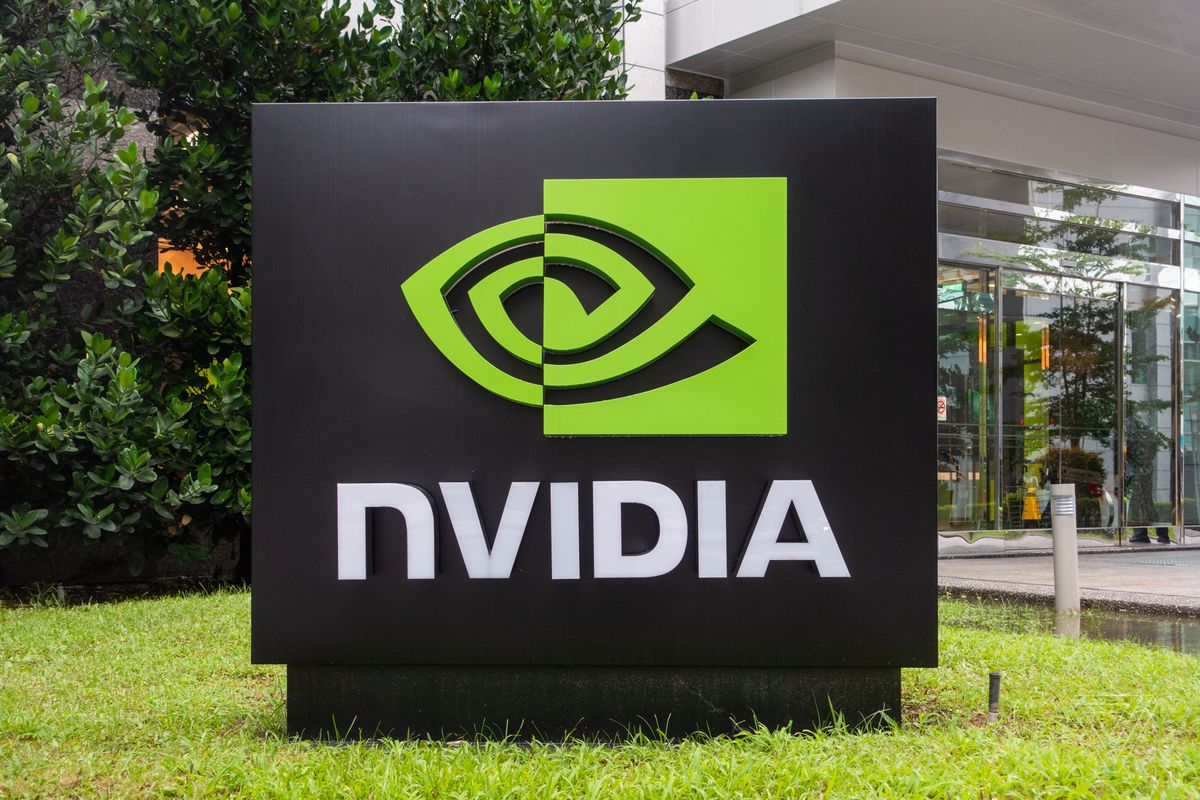Chinese electric vehicle (EV) manufacturer Nio has set a goal to achieve profitability by 2026, with CEO William Li noting that the company’s progress has been slower than initially projected. Development is currently about two years behind schedule, with external factors such as the Covid-19 pandemic impacting earlier plans.
Nio reported deliveries of nearly 200,000 vehicles by November 2024 and expects to reach 220,000 units by the end of the year. The company aims to double this figure in 2025, supported by its new subsidiary brands, Onvo and Firefly. Li acknowledged that these targets were originally set for 2022 during planning in 2017-2018, as reported by Chinese media, but noted the importance of these milestones in Nio’s long-term strategy.
Nio plans to expand its presence in 25 international markets by next year, with a focus on leveraging its subsidiary brands. The company is exploring new sales strategies, including partnerships and alliances, as part of its entry into markets like Azerbaijan. This approach is intended to accelerate its global footprint while addressing diverse market needs.
Pricing strategy is another key consideration for Nio. Amid growing competition and new EU tariffs on Chinese-built EVs, the company anticipates price increases for its vehicles. “Nio will adjust prices to account for higher tariffs imposed by the European Union,” Li told analysts, as reported by Automotive News.
While premium Nio models may see higher prices, the company expects its Onvo and Firefly brands to play a significant role in meeting market demand. “These brands will be central to our global strategy,” Li said, adding that they are expected to boost sales in Europe and other regions.
Nio continues to face headwinds in Europe, where it sold 1,513 vehicles in the first ten months of 2024—a 27% drop compared to the same period last year. Sales in Germany, a key market, fell 72%, with just 338 units sold. Norway, which does not impose EU tariffs, remains Nio’s strongest European market, accounting for half of its regional sales with 780 vehicles sold by October.
Source: yicaiglobal.com











